94 Must-Know Fashion Design Words: FREE Downloadable Fashion Design Terms PDF
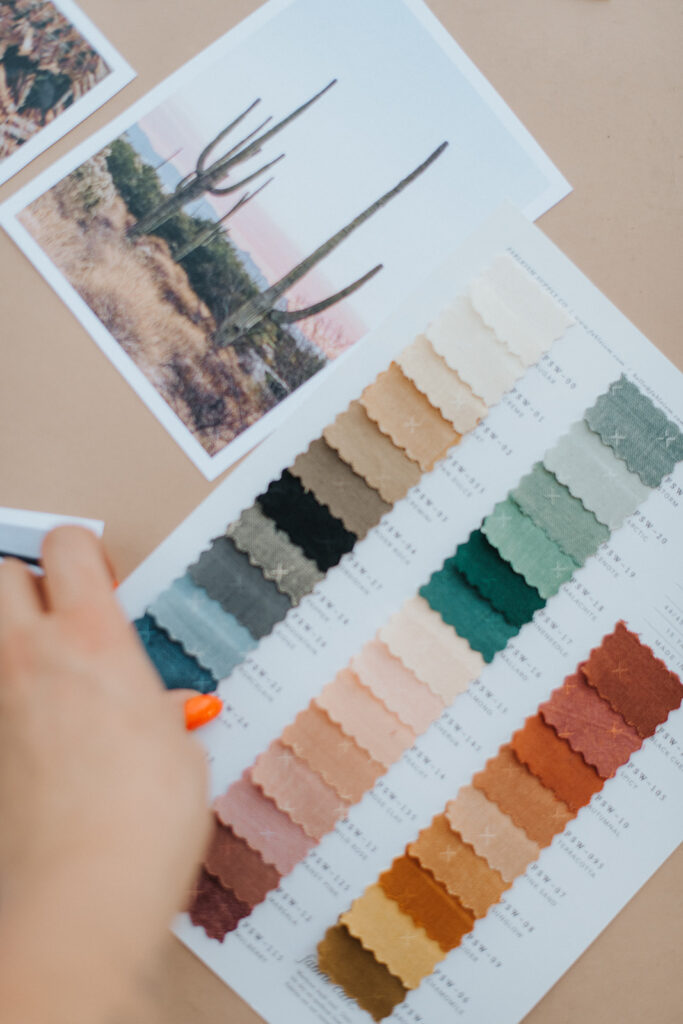
If you’re new to fashion design, or looking to launch your own clothing brand, you’ll need to learn a lot of fashion design words specific to the industry.
Understanding fashion design terms, such as lead time, safety stitch, QC, Tech Pack, BOM, MOQ, and more, will serve you when communicating with other professionals and throughout the design and production process. Not only will you need to be aware of fashion design words for manufacturing, patterning, sewing, and stitching, but also terminology specific to running a clothing brand.
If this all sounds overwhelming or stressful to you, don’t worry! After 15 years in the fashion industry, I’ve been through just about every scenario you can imagine.
I’ve compiled 94 fashion design words that every beginner should know – and you can grab the FREE downloadable PDF here!
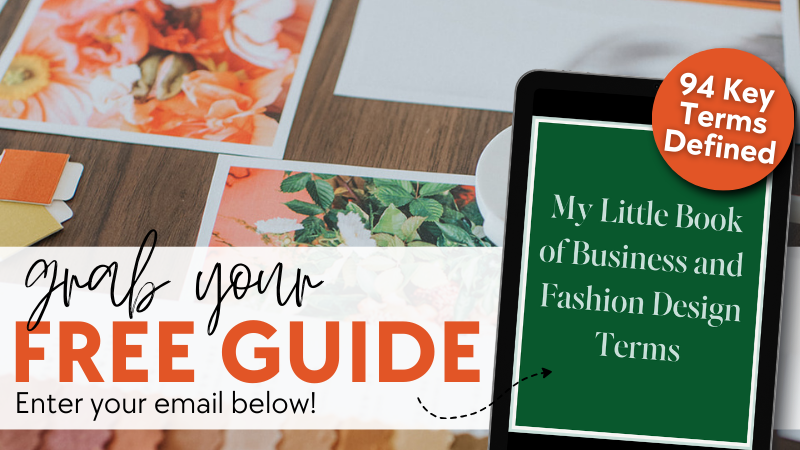
Below, you’ll see a snippet of words under each category from my list: Manufacturing, Patterning, Production Planning, Sewing and Stitching, and Business Terms For Fashion Designers. These terms are essential to know and understand when designing clothing and running a clothing company.
Grab the FREE Fashion Design Terms PDF today for access to all 94 terms!
Manufacturing Terms
- Prototype – A sample garment made to test the design and fit before going into full production. Prototypes help identify potential issues and ensure the design is ready for mass production.
- Lead Time – The time required to manufacture and deliver a product, starting from when the order is placed to when it’s ready for shipping.
- Full Package Production (FPP) – A manufacturing model where the factory handles everything from sourcing materials to creating finished garments. This is ideal for designers who want an all-inclusive solution.
- Batch Production -Manufacturing a set number of garments at once. Batch production helps with cost-efficiency, especially when producing large quantities.
- Grading – Adjusting a pattern to create different sizes while maintaining the proportions and fit of the original design.
Patterning Terms
- Dart – A triangular fold sewn into the fabric to shape the garment, often used around the bust, waist, or hips for a tailored fit.
- Notches – Small marks or cuts made on the edge of a pattern piece to help align the different sections of fabric during sewing.
- Muslin – A basic cotton fabric used to create test garments or mock-ups. Designers often use muslin to check the fit and design before using more expensive fabrics.
- Seam Line – The line along which two fabric pieces are stitched together. The seam line is typically indicated on a pattern.
- Placket – An opening or slit in a garment that allows for easy dressing, often reinforced with buttons, snaps, or zippers. Plackets are common in shirts and dresses.
Production Planning Terms
- Tech Pack – As mentioned before, this is a comprehensive document that includes all the necessary details for producing a garment: specifications, measurements, BOM, construction details, and labeling instructions. It’s a critical tool for communicating with manufacturers.
- Line Sheet – A sales tool that provides an overview of a brand’s collection, including product images, descriptions, wholesale prices, and sizing information. It helps buyers understand the available product options.
- Marker – A layout of pattern pieces used to guide the cutting of fabric. A marker is designed to minimize fabric waste and optimize material usage during cutting.
- Fabric Yield – The amount of fabric required to produce one garment. Calculating fabric yield helps in determining material costs and minimizing waste during production.
- MOQ (Minimum Order Quantity) – This is the smallest number of units a manufacturer will agree to produce for a specific order. Understanding MOQs helps in negotiating production runs and managing costs.
→ If you’ve been wanting to launch your own clothing line but need some guidance on how to get started, check out my course options to find something that’s right for you!

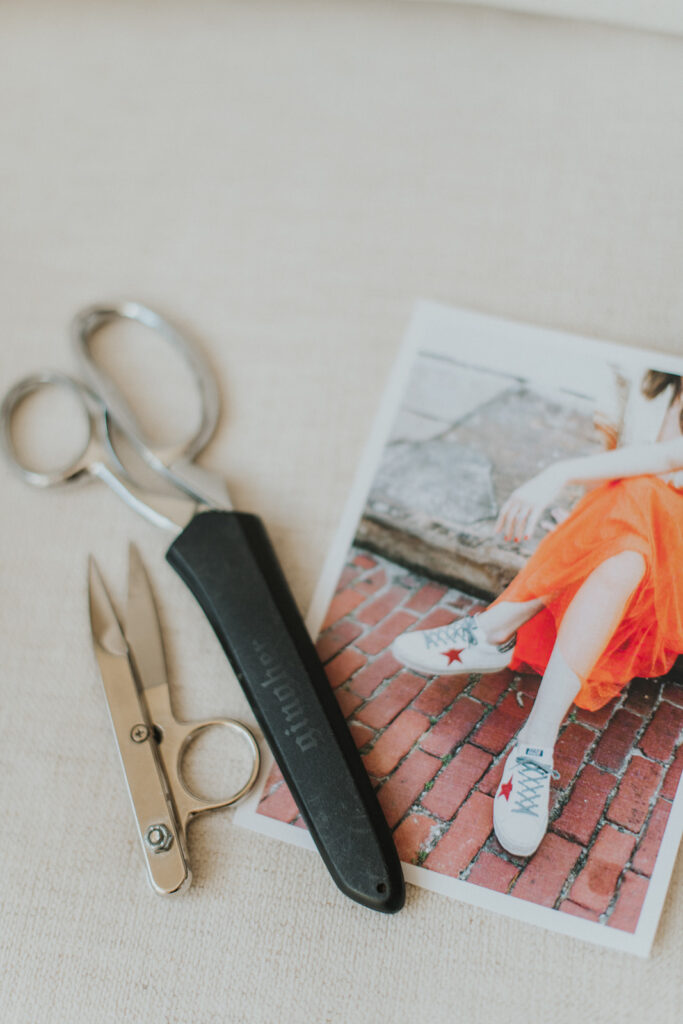
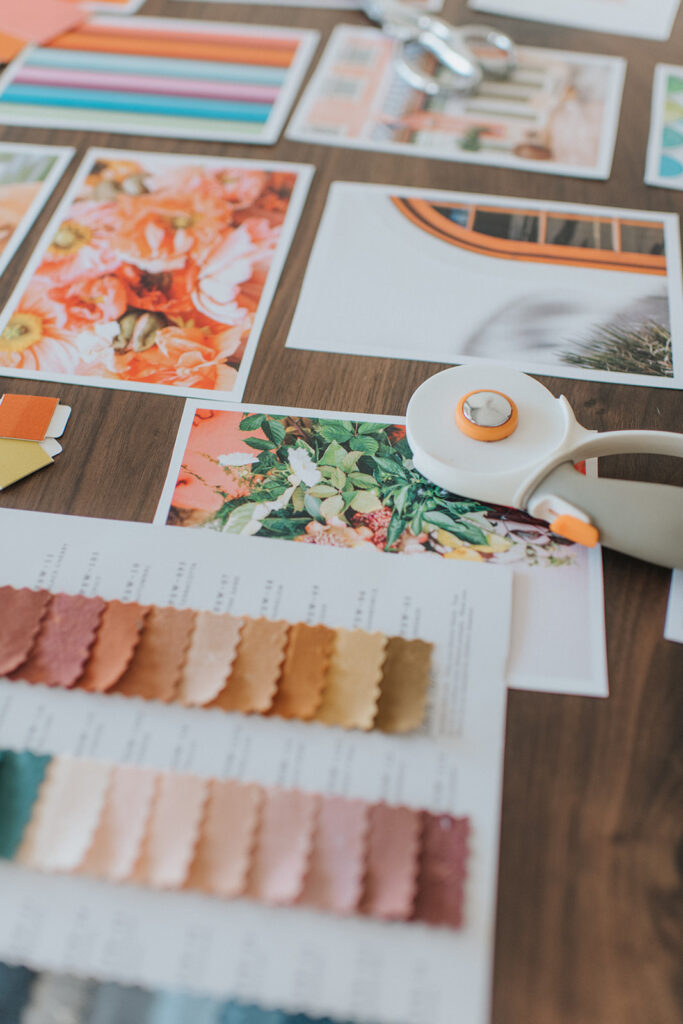
Sewing And Stitching Terms
- Backstitching – Stitching backward over the start and end of a seam to secure it, preventing the stitching from unraveling.
- Staystitching – A row of stitching sewn inside the seam allowance to prevent fabric from stretching during handling. It is often used around curves like necklines.
- Blind Hem – A hem sewn in such a way that the stitching is barely visible from the outside of the garment. It’s typically used for a clean and professional finish on skirts, dresses, and trousers.
- Rolled Hem – A narrow hem created by rolling the fabric edge under twice and stitching it down. This is commonly used for lightweight fabrics like chiffon
- Bar Tack – A short, tight zigzag stitch used to reinforce stress points, such as pocket corners, belt loops, or buttonholes.
Business Terms For Fashion Designers
- Wholesale – Selling products in large quantities to retailers at a reduced price, who then sell them to consumers. It’s a common method for scaling a fashion business.
- Inventory Turnover – A measure of how many times a company’s inventory is sold and replaced over a period. A high turnover rate indicates strong sales, while a low rate may suggest overstocking or slow-moving products.
- Break Even Point – The point at which total revenue equals total costs, meaning no profit or loss is made. This is essential for financial planning and goal-setting in a fashion business.
- PO (Purchase Order) – A commercial document issued by a buyer to a seller, indicating types, quantities, and agreed prices for products. PO management helps in tracking and organizing orders.
- SKU (Stock Keeping Unit) – A unique identifier for each product variation, such as color and size. SKUs are important for inventory management and sales tracking.
Get Your FREE Fashion Design Terms PDF
If you haven’t already, make sure to grab your FREE download of fashion design terms, perfect for any new or aspiring clothing designer.
If you’re looking for more guidance on creating a clothing brand from scratch or scaling your current brand, check out my other resources here. I’d love to support you!


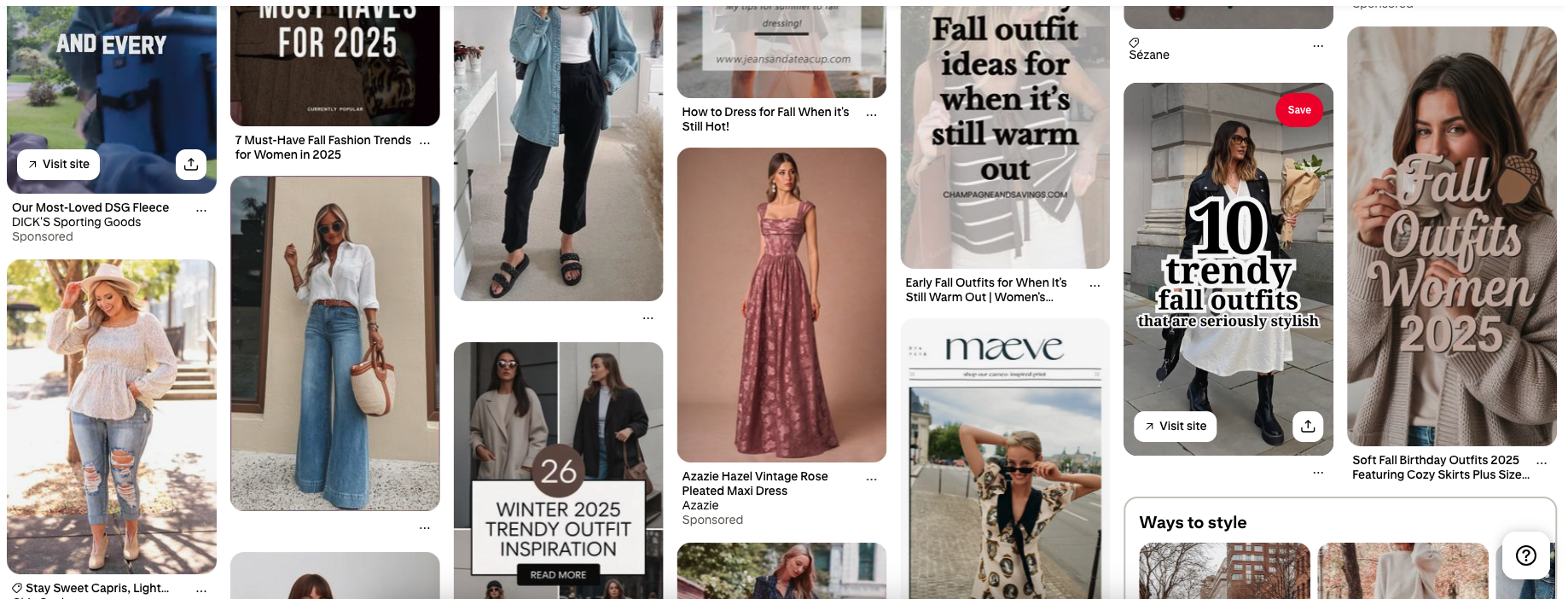

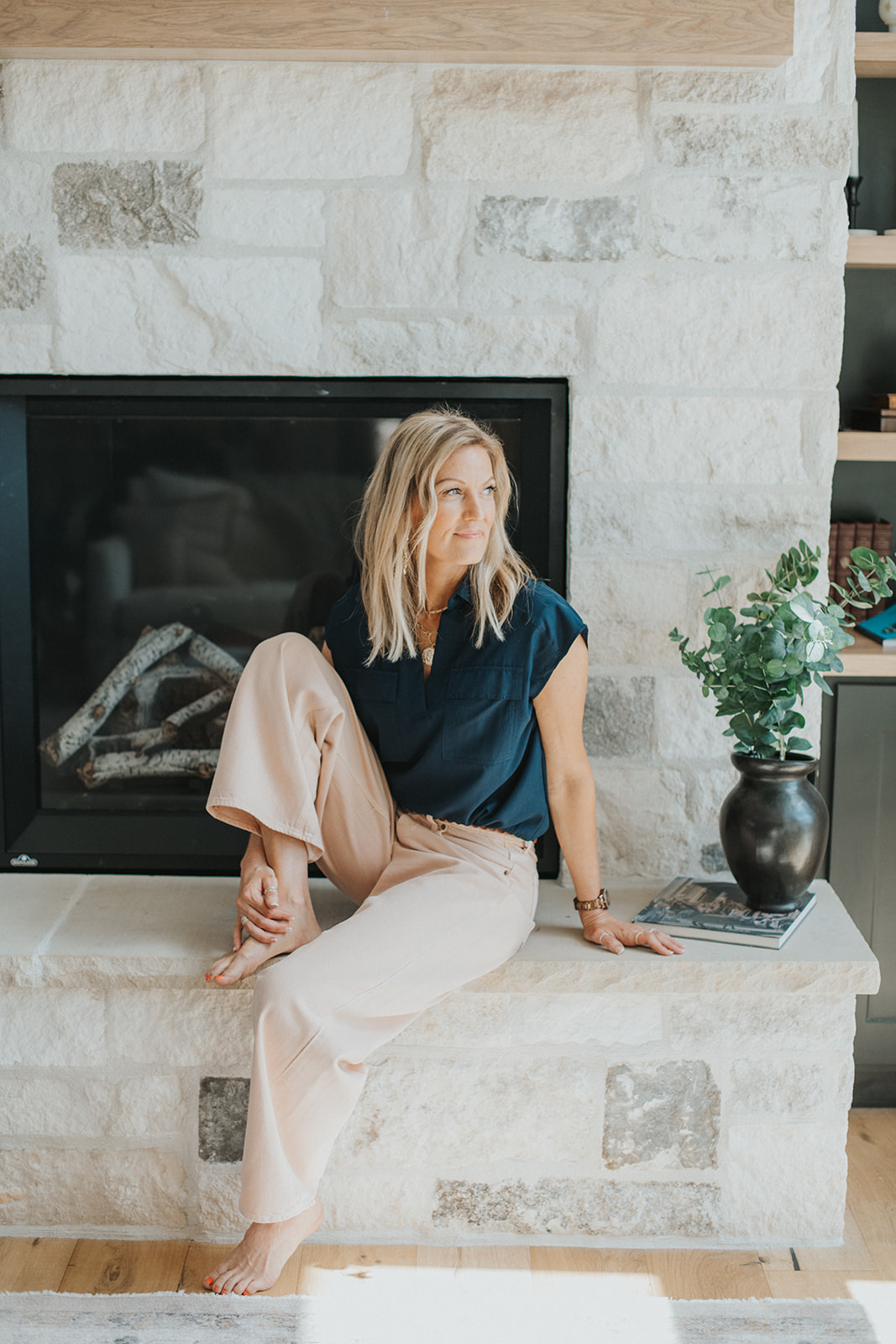
Read the Comments +